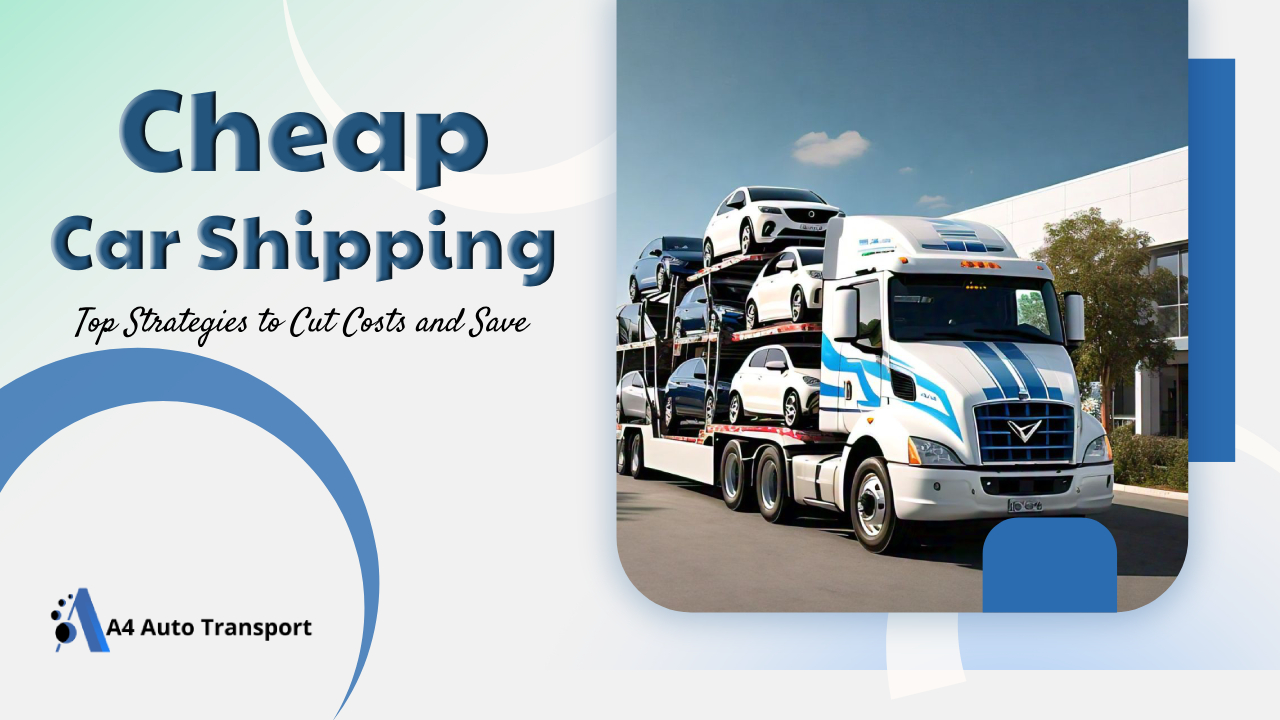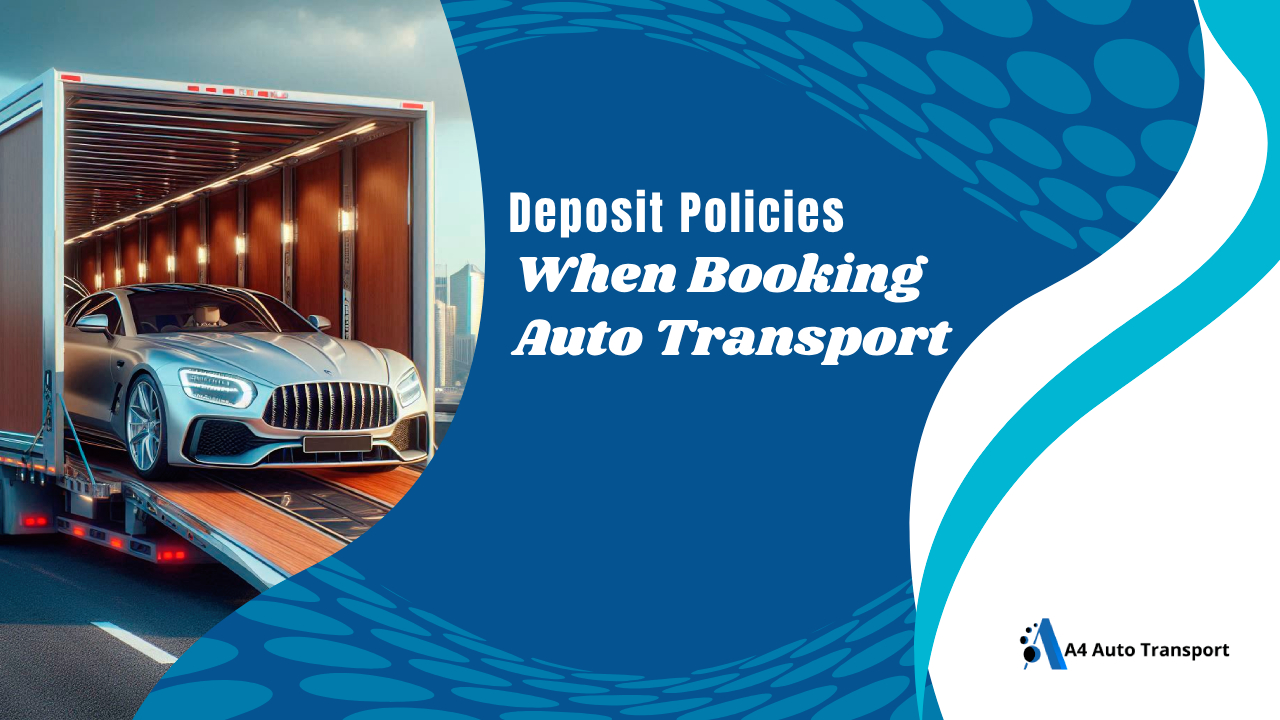Guide to Ensuring a Smooth Vehicle Transport During a Family Relocation

Relocating with a family brings a mix of excitement and challenges, especially when it involves transporting a vehicle. Amidst packing up your household, coordinating schedules, and managing the emotional aspects of moving, ensuring your vehicle’s safe and smooth transport can feel like a daunting task. However, with careful planning and a strategic approach, you can streamline this process and avoid unnecessary stress. In this guide, we’ll walk you through essential steps and considerations to guarantee a hassle-free vehicle transport experience during your family relocation. From selecting the right transport option to preparing your vehicle and staying informed throughout the journey, we’ve got you covered. Let’s dive in and make your move as seamless as possible.
Key Highlights
- Plan ahead for car shipping during your family relocation by researching reputable companies, comparing quotes, and choosing the right transport option (open vs enclosed car shipping, door-to-door vs terminal-to-terminal).
- Ensure a smooth car shipping experience by preparing your vehicle (cleaning, removing belongings, checking for leaks), understanding insurance coverage, and scheduling pickup and delivery wisely.
- Minimize stress during car shipping by staying informed with the transport company, inspecting your vehicle upon arrival, and having a contingency plan for potential delays.
Navigating the Car Shipping Process
Here’s a comprehensive guide to help you navigate the process seamlessly.
1. Plan Ahead
The key to a successful vehicle transport is early planning. Start by researching reputable auto transport companies well in advance of your move. Look for companies with positive reviews, proper licensing, and insurance. Getting quotes from multiple car shipping companies will help you compare prices and services to find the best fit for your needs.
2. Choose the Right Transport Option
There are several options for transporting your vehicle, each with its own benefits and costs:
- Open Transport: This is the most common and cost-effective option. Your vehicle will be transported on an open trailer, exposed to the elements.
- Enclosed Transport: Offers more protection as your vehicle will be transported in an enclosed trailer, shielding it from weather and road debris. This option is ideal for luxury or classic cars.
- Door-to-Door Service: The transport company picks up and delivers your vehicle directly to your specified locations, providing maximum convenience.
- Terminal-to-Terminal Service: You drop off and pick up your vehicle at designated terminals. This option can be cheaper but less convenient.
3. Prepare Your Vehicle
Before handing over your vehicle to the transport company, ensure it’s ready for the journey:
- Clean Your Vehicle: A clean car allows for a thorough inspection and documentation of any existing damage.
- Remove Personal Items: Auto transport companies typically don’t cover personal items left in the vehicle. Remove all personal belongings to avoid damage or loss.
- Check for Leaks and Mechanical Issues: Ensure your vehicle is in good working condition. Address any leaks, mechanical issues, or low tire pressure.
- Document the Condition: Take detailed photos of your vehicle from all angles, noting any existing damage. This documentation will be crucial if you need to file a claim for any transport-related damage.
4. Understand Insurance Coverage
Verify the transport company’s insurance coverage and understand what it includes. Some car shipping companies offer additional insurance options for extra peace of mind. Ensure you have a clear understanding of the coverage limits and the process for filing a claim if needed.
5. Schedule Pickup and Delivery Wisely
Coordinate the pickup and delivery dates to align with your moving schedule. Keep in mind that transport times can vary based on distance, weather, and other factors. Having some flexibility with dates can help avoid unnecessary stress.
6. Stay Informed During Transport
Stay in touch with the transport company throughout the process. Reputable auto shipping companies provide tracking options, so you can monitor your vehicle’s progress. Maintaining communication ensures you’re aware of any potential delays or issues.
7. Inspect Upon Delivery
Upon delivery, thoroughly inspect your vehicle for any damage that may have occurred during transport. Compare its condition to the photos you took before the journey. If you notice any new damage, document it and report it to the transport company immediately.
8. Be Prepared for Contingencies
Despite meticulous planning, unexpected issues can arise. Have a contingency plan in place, such as alternative transportation options or temporary accommodations if your vehicle’s arrival is delayed.
Conclusion
Transporting a vehicle during a family relocation doesn’t have to be a daunting task. With careful planning, selecting the right transport option, and preparing your vehicle properly, you can ensure a smooth and stress-free experience. By staying informed and prepared, you can focus on settling into your new home and making the transition as seamless as possible for your family.
a4AutoTransport is a group of auto transport researchers and experts that comes in handy for anyone who wants to move their car/vehicle without putting extra miles on the odometer. At a4AutoTransport, We researched over a hundred car shipping companies, interviewed real customers and industry leaders, and collected nearly 500 quotes to find the nation’s best auto transport companies. With our combined 5 years of industry experience and research, we’ll help you find the right car shipper for your budget.






